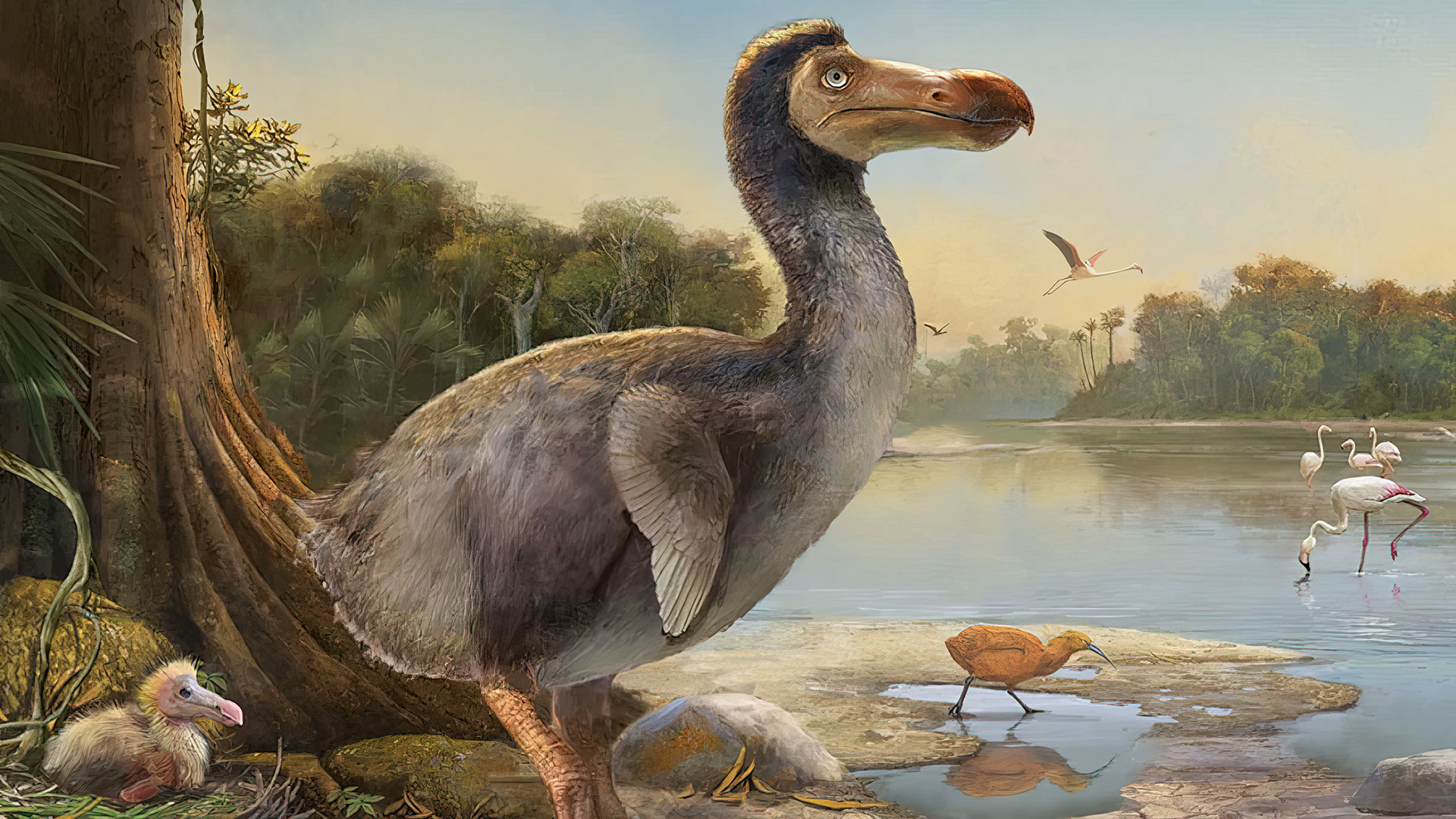
Post By : 22/11/2024
Dodo
- Description: The Dodo, scientifically known as Raphus cucullatus, was a flightless bird endemic to the island of Mauritius in the Indian Ocean. Belonging to the pigeon and dove family (Columbidae), the Dodo was known for its large size, distinct appearance, and unfortunate extinction. It is often depicted as a symbol of human-induced extinction and the importance of conservation efforts.
- Appearance: The Dodo was characterized by its plump body, short wings, and long, curved beak. It stood approximately one meter tall and had distinctive features such as a large, hooked beak, small wings incapable of flight, and a tuft of feathers at the rear of its head. Despite its ungainly appearance, the Dodo was well-adapted to the island's ecosystem before human colonization.
- Habitat and Behavior: The Dodo inhabited the dense forests and coastal regions of Mauritius, where it foraged for fruits, seeds, and other vegetation on the forest floor. Due to the absence of natural predators on the island, the Dodo evolved to be fearless and naive, making it easy prey for humans and introduced animals such as rats, pigs, and monkeys.
- Extinction: The Dodo's extinction is attributed to a combination of factors, including habitat loss, hunting by humans, and predation by introduced species. The arrival of Dutch sailors in the late 16th century marked the beginning of the Dodo's demise, as they exploited the bird for food and introduced non-native animals that competed for resources and preyed upon Dodo eggs and chicks. By the mid-17th century, the Dodo had vanished from Mauritius, becoming one of the most famous examples of human-induced extinction.
- Legacy: Despite its tragic end, the Dodo remains an iconic symbol of extinction and the impact of human activities on the natural world. Its story serves as a poignant reminder of the importance of conservation efforts and the need to protect vulnerable species from extinction. The Dodo's legacy lives on in art, literature, and popular culture, where it continues to captivate imaginations and inspire discussions about environmental stewardship and biodiversity conservation.
